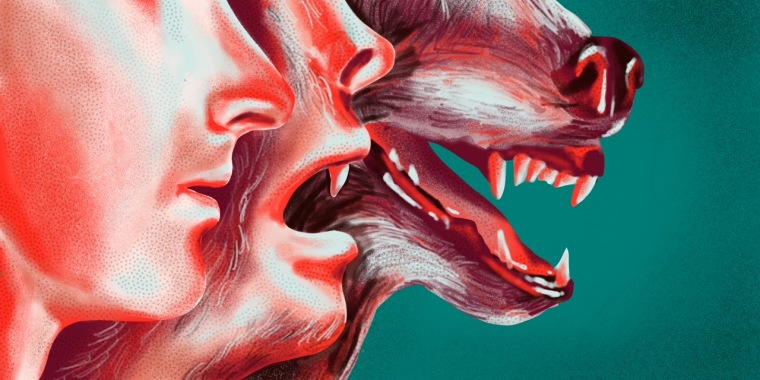Long before "Twilight" put Jacob on the map, werewolves have been the subject of countless movies, books and monster tales.
In fact, much like ghosts, witches and vampires, the werewolf has been woven throughout mythology for centuries.
Dating as far back as the ancient Greeks, werewolves and other shapeshifters have been used in storytelling to not only help explain the unexplainable, but also to serve as a warning about what can happen when humans allow their dark side to take over.
"Monsters allow us to explore those categories that we're afraid to mix and match, or those fears that we're afraid to face directly," Josh Woods, author, English professor and host of the podcast “The Monster Professor," tells TODAY.com.
Like other monster-inspired legends, werewolves have appeared in folklore for thousands of years and, according to Woods, there are some people who believe that the supernatural beasts really exist.
It begs the question: Are werewolves real?
Even if by some small chance they were, Woods says they'd likely be “quite a bit different than what we get from the movies” like "An American Werewolf in London" and certainly nothing like the yellow-eyed beast that Michael Jackson memorably turns into during the "Thriller" video.
To better understand the origin of these mythological creatures and why they continue to flourish in mainstream pop culture, TODAY asked a trio of experts to break down the history, facts, folklore and fiction surrounding the werewolf — and what we learned might surprise you.
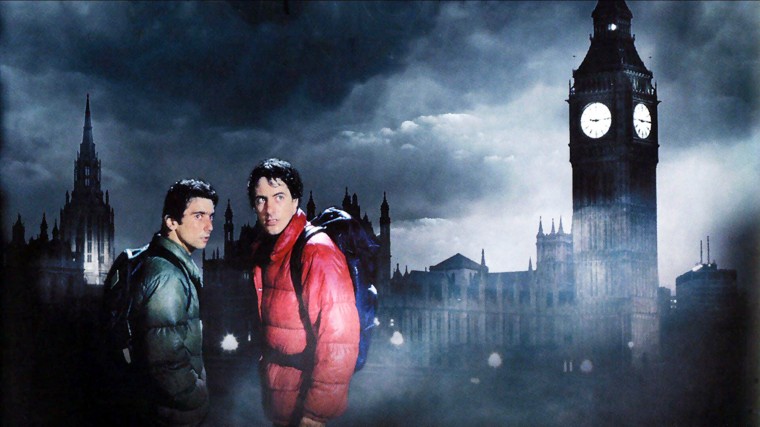
The history of werewolves
Although the concept of werewolves has been around for thousands of years, nearly all our modern-day ideas of the creature come from the 1941 movie "The Wolf Man," according to Scott Poole, Ph.D, history professor at the College of Charleston in South Carolina.
“It’s from this film that we ‘know’ that werewolves must be killed with silver, that one becomes a werewolf by being bitten by another werewolf or that they transform by the light of the full moon,” Poole tells TODAY.com.
According to Poole, nearly every werewolf film since "The Wolf Man" has used those basic concepts in one form or another. He says: "It's 1941 and Universal Studios that gives us the werewolf with which we are most familiar."
The classic horror film is also responsible for many of our other common werewolf notions, including the image of a hairy half-man, half-beast howling at the moon and hunting prey before turning back into a human at dawn.
"In truth, myth and folklore does not put the emphasis on transformation into the wolf that’s so common in American pop culture’s fascination with the werewolf,” says Poole.
“Across American and global cultures, one finds tales of shapeshifting into bears, hyenas, jaguars, foxes and even racoons. In India, the Rakshasa has the power to transform into any animal. So, in hunting down the werewolf, we have to look to Hollywood and to a small little rivulet of folklore that pop culture transformed into a tsunami," explains Poole.
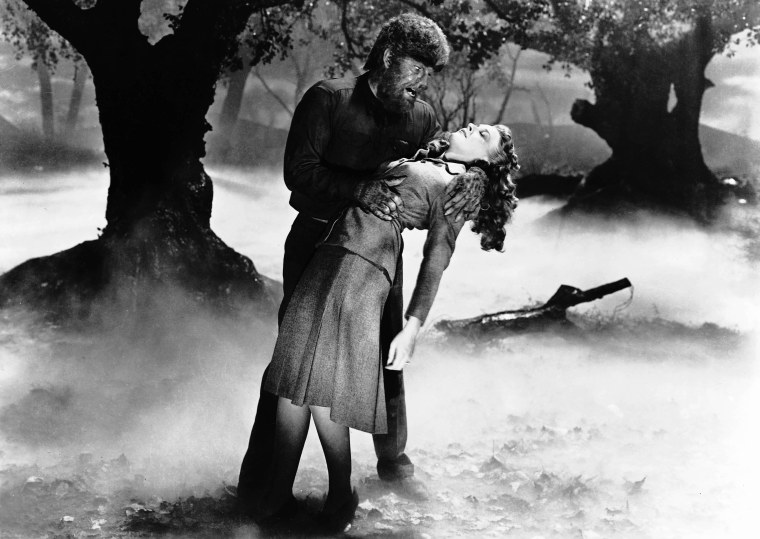
Beyond the landmark monster movie, societies the world over have told tales of shapeshifters throughout much of history.
"If you go into ancient literature, werewolves have been with us since the beginning," says Woods.
In fact, Greek mythology tells the story of a confrontation between Lycaon, a cruel king, and the Greek god, Zeus, in which Zeus ultimately punishes Lycaon by turning him into a wolf.
If it sounds familiar, it's where the term "lycanthropy" comes from, which stands for the supernatural transformation from human to werewolf.
History aside, Woods says that our fascination with the werewolf might just be innate. "I think there's just a real ancient connection somewhere in the back of our brains. We feel connected with these things."
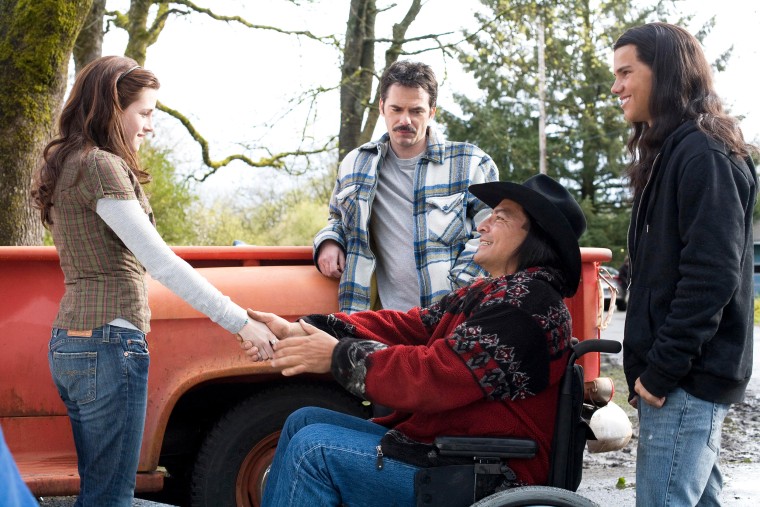
The werewolf trials
While most people know of the witch trials that took place in Europe and in the American colonies (including Salem, Massachusetts) during the 1500's and 1600's, few are aware that presumed werewolves faced a similar fate in Europe.
"(In) the era of the witch hunts, French authorities, seeing witches everywhere, believed their satanic powers included the ability to transform into a wolf," says Poole.
As a result, he says countless people were burned at the stake for the crime of being a 'loup-garou' or man-wolf.
In fact, according to Woods, the practice of burning and executing werewolves lasted well into the 1700's. "There were a lot of places and times where that was way more popular than witch trials," Woods says. "They were convicting, torturing and executing people on charges of being werewolves."
In one of the most notorious werewolf trials in history, Peter Stumpp, a German farmer widely known as the "Werewolf of Bedburg," was accused of sadistically murdering and eating the flesh of dozens of children and adults back in the 1500's.
According to the 2016 book "Supernatural Serial Killers," Stumpp was convicted of being a werewolf, among many other heinous crimes. After reportedly confessing to the gruesome acts, Stumpp was tortured, then executed, in a horrific public display on Halloween, 1589.
Why do people believe in werewolves?
It's easy to see how, hundreds of years ago, people might have attributed unexplained acts of violence and murder to mythical monsters.
In the absence of technology or the internet, it was easier to blame the supernatural than entertain the idea that your fellow parishioner was capable of dismembering your neighbor.
"Vampires and werewolves are very much paired together when we look at legends," Meg Hafdahl, co-author of the book “The Science of Monsters,” tells TODAY.com.
"Oftentimes, the things that made people believe that vampires were real, back in the day, they also attributed to werewolves. And that was often before they understood science," Hafdahl tells TODAY.com.
For example, someone with a skin condition triggered by sunlight might easily be categorized as a "vampire." And a person suffering from hypertrichosis, or excessive hair growth, a werewolf.
"It's hard to believe now, but back in Europe thousands of years ago, people believed that they themselves were monsters, which is awful to think about. But they didn't know how to square it up with what they understood of the world," Hafdahl says.
"That is what pervades all of these different cultures. The human nature to try to make sense of something that is not sensible, that we can’t grasp," she says.
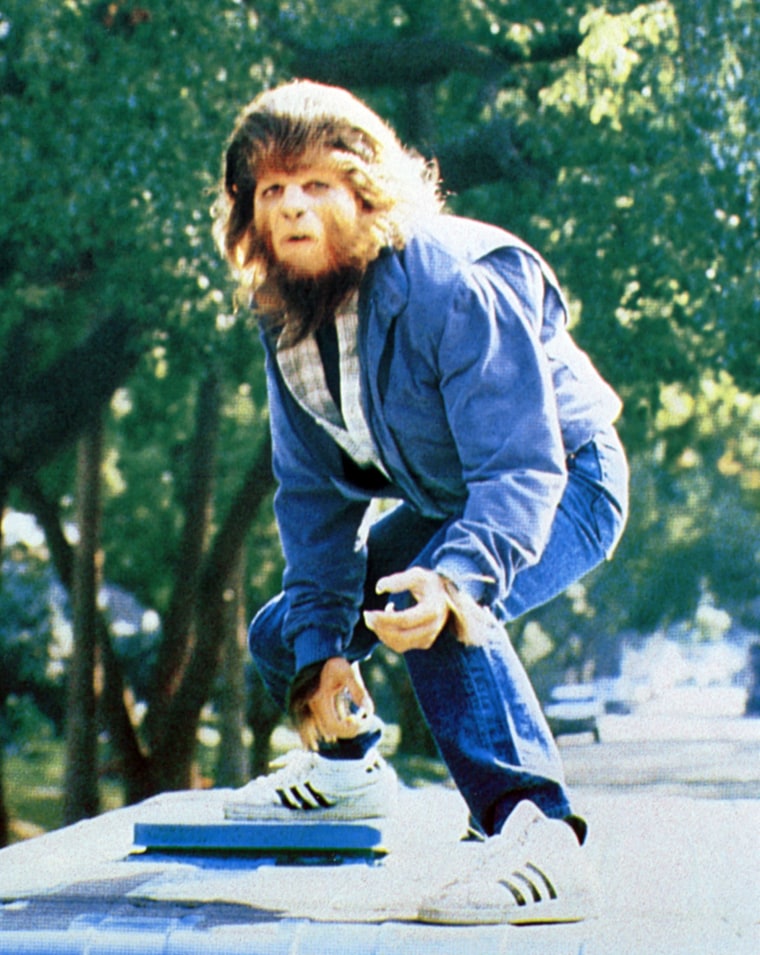
So, are werewolves real?
As far as werewolves actually being real and living among us, Hafdahl says that while it's a intriguing idea, it's pretty unlikely.
"I'd love the answer to be, 'Maybe there's a werewolf, or maybe they were real at one point.' That would be really cool," she says. "But I don't think we're going to find that's true."
Even if it was, Woods wonders how we'd even know.
"If our regular notion of a werewolf is it's a normal person during the day, and then at certain nights of the year they turn into a complete wolf, how would you know if you've ever seen one or not?"
Perhaps like accused murderer, Peter Stumpp, the real monsters might just be the ones lurking inside of us.
"(Serial killers) have always been with us. And were they possessed? Were they werewolves?" Woods asks. "I don't know how much of a difference there is between some of these human monsters and some of the real ones, other than the way they look."
According to Hafdahl, that's probably why the werewolf myth endures.
"It's sort of that Jekyll and Hyde story," she explains. "This idea that you become a werewolf, then go back to being a human again, that says a lot about humanity and the fear of not having control over ourselves or getting into that part of us that goes eating and running in the wild, that part of us that is not proper."
Real or imaginary, one thing's for sure, werewolves are likely here to stay.
"We’re never gonna stop telling werewolf tales," Wood says. "It’s just a part of us. And, so, we all have a little bit of werewolf in us, I guess."
